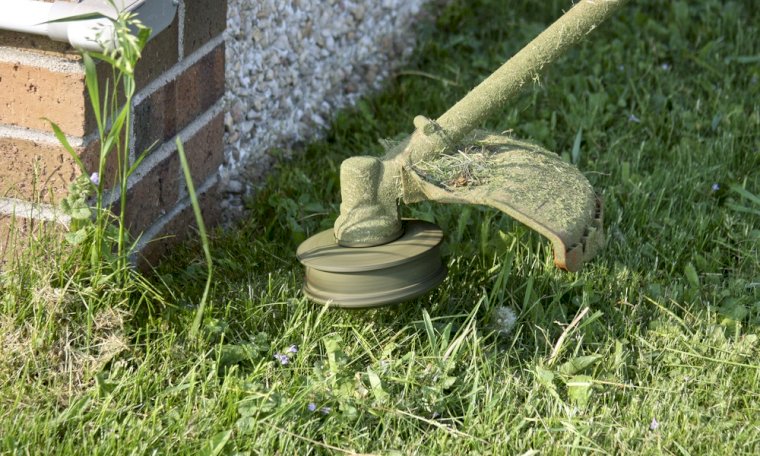Keeping a consistent string length while using a weed eater tends to produce a more desirable. Having the right amount of string length also puts less stress on the engine. However, the process of bumping the trimmer head can become very repetitive after a while.
For this reason, many small engine companies have developed a speed feed version of their trimmer head. Therefore, avoiding these setbacks, and making the process more automated.
Some benefits of using a speed feed head
- Speed feed heads tend to give a cleaner cut compared to bump feed since there is no bumping motion which normally results in scalping the grass and leaving patches.
- Not having a protruding spool insert makes the cutting motion a lot smoother, since there is less chance of the spool hitting the bare ground.
- They also come in very handy in certain situations where it might be difficult to find firm ground to tap your trimmer head against, for example, tall grass or softer soil.
Some drawbacks to having a speed feed head
- These type of design seem to only accept line diameters up to .095″.
- String tends to run out a lot faster than regular bump heads. Speed feed trimmer heads are designed in such a way that gravity automatically releases the string after it has been worn down to a certain length.
- Cheaper non-OEM Replacement parts are more difficult to find online compared to regular bump feed head. This means that you will end up having to buy the more expensive original parts or replace the whole unit its self.
A speed feed head is an excellent backup trimmer in the right situation.
Two popular models are the STHIL SuperCut 20-2 and ECHO Speed-Feed 400. However, the ECHO is compatible with other major brands, unlike the STIHL version. The ECHO also wins extra points by having an easier spool refill process.
If you’re willing to overlook the few drawbacks then a speed feed head should at least be considered.

